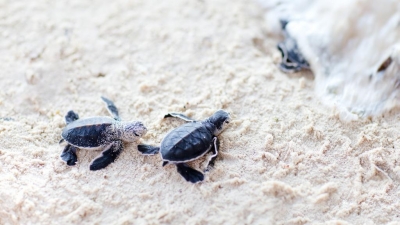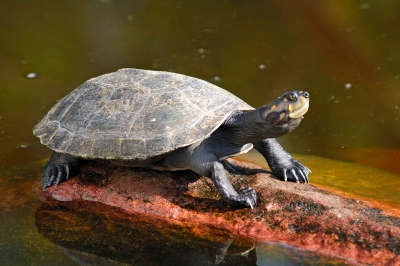What are baby turtles called?

A baby turtle is called a hatchling, while hatchling is most often used for a young bird, tadpoles, newts and new born baby turtles.
Baby turtles are cute little creatures that require totally different care than adult turtles, needing a lot of special care to keep them alive and healthy. They're prone to many diseases and carry many disease-carrying germs. You have to feed a baby turtle food that is available in the pet store, while supplementing their diets with vegetables, meat and fruit. Land turtles tend to eat more vegetables than those living in water.
The building block of your baby turtle's diet is the pellet or gel capsule supplement, which is a snap to find in any pet store that sells turtle supplies. There are two caveats, however: you should examine each label to make sure your newborn turtle is getting the best diet possible, and you should select a formula that's been approved for your particular shelled pet. For example, what a baby box turtle eats is more of a true omnivorous diet than a water turtle eats, which includes more raw meat as a baby but a more omnivorous diet as an adult.
Picture Credit : Google



